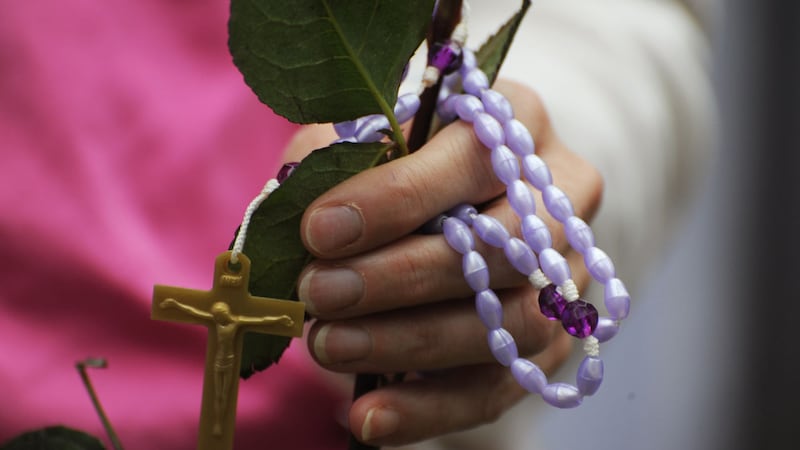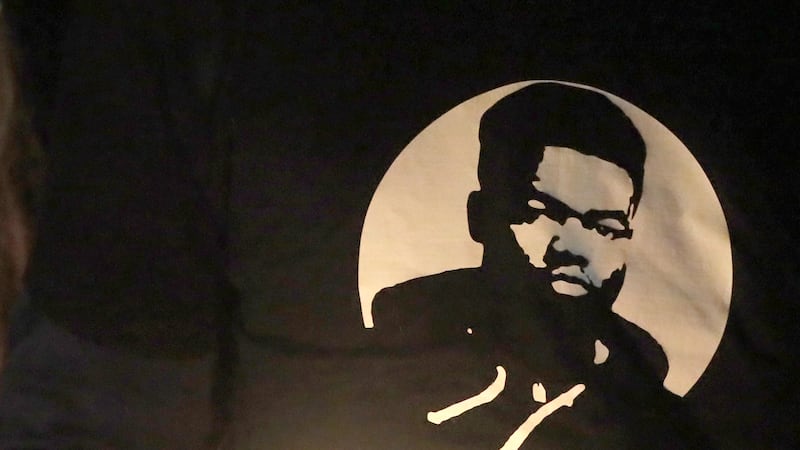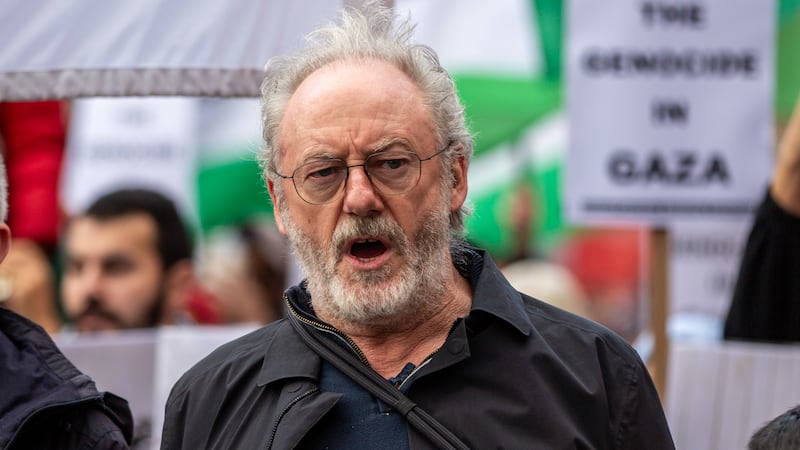Ireland is a country with older and less religious people and more divorcees, migrants and travellers, according to the first results from Census 2016.
The population stood at 4,761,865 on April 24 last year with the average age increasing by more than a year to 37.4.
The survey of every home in the country also showed the number of women over 65 jumped significantly to 340,730 between 2011 and 2016, while there are now 296,837 men in the pension bracket.
The Central Statistics Office (CSO) said there was a slight fall in the number of non-Irish people living in Ireland to 535,475, just over 11 per cent of the population.
It is the first time this number has fallen since the question was first asked in 2002.
The report also revealed a surge in people seeking Irish passports with the number of people recorded as having dual nationality more than doubling in the five years to 2016, to 104,784.
Elsewhere, the average number of children in a family is unchanged at 1.38 and there are 218,817 single parent families, 86 per cent of which are headed by women.
Same-sex civil partnerships were counted for the first time last year and 4,226 people confirmed they had tied the knot.
But in total there were 6,034 same sex couples, 6,884 men and 5,184 women.
Also on the relationship front, the census recorded 103,895 divorcees in the country.
The data is the first release of information given by the people of Ireland on April 24 last year and another 13 reports based on what was in the forms are to be published this year.
Deirdre Cullen, CSO senior statistician, said there would be a focus on housing, the homeless, religion, disability and carers.
"This could not have been achieved without the civic-minded participation of the Irish public, and the commitment and dedication of all of the census staff, and I want to thank all concerned," she said.
"The results will provide us with a greater insight and understanding of Ireland today."
One of the most dramatic changes over the five years from the last census is that 468,400 people now class themselves as having no religion.
In 2011 the number was 269,800, with the CSO stating that there has been a 73 per cent increase and now just short of 10 per cent of the population do not subscribe to any faith.
The number of Catholics fell to 3,729,100 and they make up 78 per cent of the population compared with 84 per cent five years earlier.
There were 126,400 Church of Ireland subscribers, 63,400 Muslims, 62,200 Orthodox, 37,400 Christians, 24,200 Presbyterians and 14,300 Hindus.
In terms of ethnicity there was a slight fall in the number of people who identify as Black Irish or Black African to 57,850 and another 6,789 who identify as Other Black.
There are 30,987 travellers living in Ireland, 5 per cent up on 2011, with Longford seeing a 41 per cent increase and Roscommon a 30 per cent rise.
There was a 9 per cent increase in the number of people identifying as ethnically Chinese to 19,447 and a 19 per cent rise in those classing themselves as ethnically Other Asian, the census found.
More than 124,000 people failed to answer the question on ethnicity, the CSO said.
The CSO said the number of migrants rose by 43,636 to 810,406.
In the 12 months prior to census night 82,346 people moved to Ireland – 28,143 of whom were Irish citizens with the main countries of origin being the UK, Australia and the USA.
Of the non-Irish migrants most came from the UK, Brazil and Poland, the census reported.
Some 1,761,420 people stated that they were able to speak Irish, a slight decrease of less than one per cent on the 2011 figure, with 73,803 using the language outside the education system every day.
Also, 612,018 people living in Ireland speak a foreign language in their home, with Polish the most common, followed by French, Romanian and Lithuanian.
On the housing front just under 1.7 million homes were occupied on census night and 312,982 of them had no internet.








